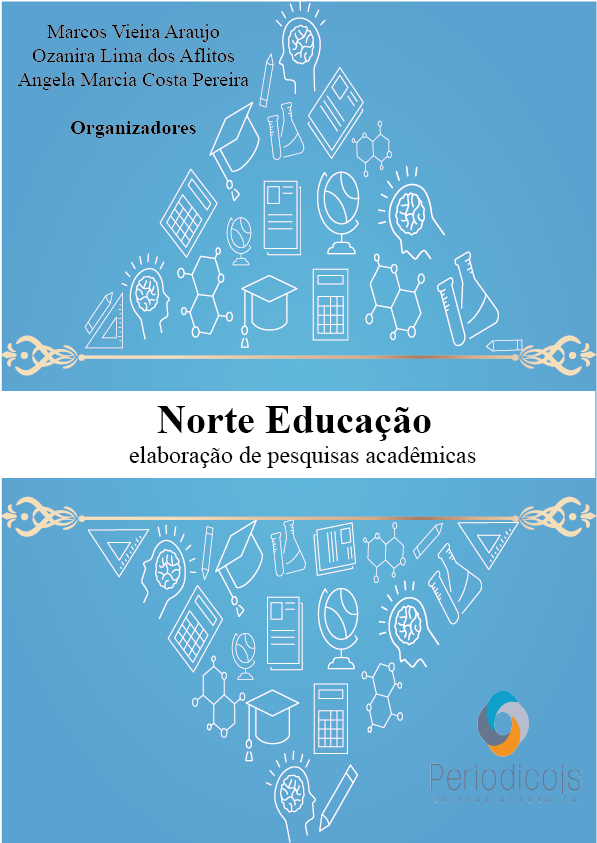Abstract
A project was carried out based on the diagnosis carried out at the Nova Monte Moriá II Indigenous State School, located in the Monte Moriá II Indigenous Community, in the seat of the municipality of Uiramutã - RR. And it had as general objective, to use Mathematical Modeling in practice through work carried out in the school garden, to know and examine the multiples that are perceived, where it seeks to connect the practical knowledge of the student obtained through their experiences and the formal knowledge theoretical and conceptual found in the classroom and in practice through the intervention, involving the target audience. This project Learning Mathematical Modeling in the Construction of a School Garden, at the Nova Monte Moriá II Indigenous State School, was a differentiated work with 7th grade students and thus motivates them to learn some mathematical concepts. And the chosen methodology was the mathematical modeling, because the students would use the traditional, cultural knowledge already acquired in their day to day in situations of real problems that are involved with mathematical concepts of geometry, area, perimeter, units of measures among others, making the connection with the practical knowledge of everyday life that pass from parents to children the techniques of measuring area, perimeter and others through the stroke, palm, yard, inch and so on. Therefore, with this work, we hope to achieve the objective, which is to show students a taste for mathematics, encouragement for studies, ease and motivation for learning and that mathematics and its classroom contents are present everywhere and in our day-to-day activities.
References
ALMEIDA, L. W. de; SILVA, K. P. da; VERTUAN, R. E. Modelagem Matemática na Educação Básica. São Paulo: Contexto. 2012.
________. Modelagem Matemática: O que é? Por que? Como? Veritati, n.4, p. 73-80, 2004.
ALMEIDA, Lourdes Werle; SILVA, Karina Patrícia; VENTUAN, Rodolfo Eduardo. Modelagem Matemática na educação básica. São Paulo: Contexto, 2013.
BICUDO, Maria Aparecida Viggiani. Pesquisa em Educação Matemática. Pro-posições, vol. 4, n. 1, p. 18-23. São Paulo, 1993.
Brandão, Carlos (1986). Identidade e etnia: Construção da pessoa e resistência cultural. São Paulo: Ed. Brasiliense. Brasil (1988). Constituição. República Federativa do Brasil. Brasília: Senado Federal, Centro Gráfico.
NAHIRNE, Ana Paula. Modelagem Matemática: uma proposta de ensino da matemática na Educação do Campo. 2013. Tcc (Interdisciplinar em Educação no Campo). UNICENTRO, Laranjeiras do Sul, 2013.
BURAK, D. Modelagem Matemática e a sala de aula. In: Encontro Paranaense de Modelagem em Educação Matemática, 1., 2004, Londrina. Anais: UEL, 2004.
CARVALHO J. B. P. de. O que é Educação Matemática? Temas e Debates, n. 3, p. 17-26, São Paulo, 1991.
FIORENTINI, D.; LORENZATO, S. Investigação em Educação Matemática: percursos teóricos e metodológicos. Campinas: Autores Associados, 2006.
FREIRE, P. Pedagogia da autonomia: saberes necessários à prática educativa. 43. ed., São Paulo: Paz e Terra, 2011.
SADOVSKY, P. O ensino de matemática hoje. Enfoques, sentidos e desafios. 1.ed. São Paulo: Ática, 2007.

